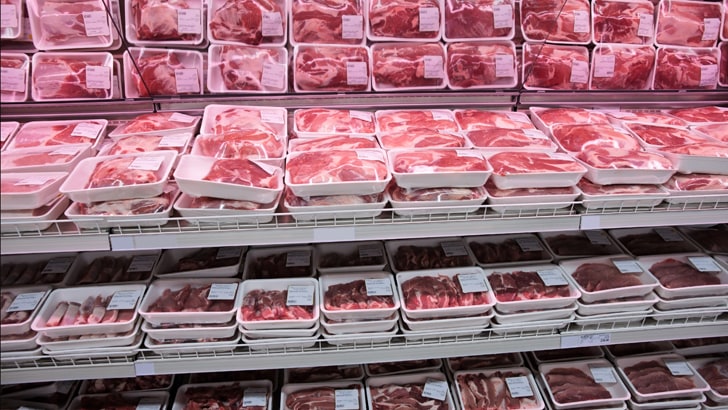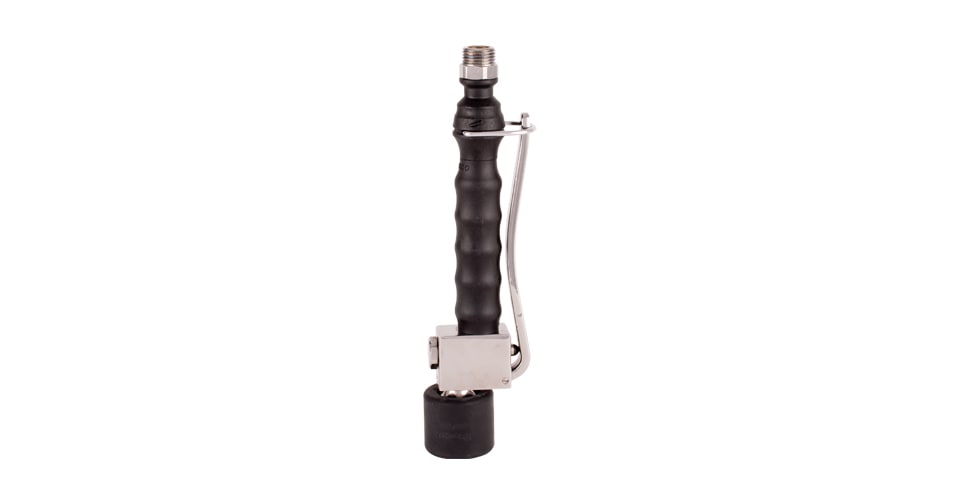
After the recent horsemeat scandal an action plan was prepared by the Commission and sent to Member States on 20 March 2013. It identified five areas in which action were needed and will be pursued in order to strengthen the EU system and restore consumer confidence. Priority areas identified include action to better tackle food fraud, strengthen rules on horse passports, more effective official controls and sanctions, and crucially new labelling rules.
And a recent resolution of the European Parliament called for a common definition of “food fraud” at European level, and for tougher penalties for fraudsters.
Indeed, in light of the Article 6, par. 2, of the EU Regulation 1169/2011 (“FIC – Food Information to Consumer Regulation”), last month the European Union Official Journal published new EU Regulation (1337/2013) regarding the mandatory indication of the country of origin or place of provenance of the fresh, chilled and frozen meat of swine, sheep, goats and poultry.
These rules shall apply from 1 April 2015 and the labelling has to clearly indicate the name of the EU Member State or third country in which the animal was reared (“Reared in : name of Member State or third country”), in accordance with the criteria set by the same Regulation for each animal species, and the name of the Member State or third country where slaughter took place (“Slaughtered in : name of Member State or third country”), plus a batch code that identifies the meat supplied to the consumer or mass caterer.
These indications may be replaced by “Origin: name of Member State or third country” if the food business operator demonstrates, with satisfaction of the competent authority, that the meat has been obtained from animals born, reared and slaughtered in one single Member State or third country.
There is not any mandatory reference to the place where the animal is born. This is because unlike the beef sector, where the strict labelling requirements were imposed by the BSE crisis, in this case the regulation is not primarily inspired by public safety concerns. Imposing such a requirement would be a too heavy a burden for the food business operators of these sectors.
Nonetheless, the EU Commission is still looking to go further. On 17 December 2013 a report was published concerning the mandatory indication on the label of the country of origin or place of provenance for meat used as an ingredient.
The provision covers all types of meat (including those that do not have to bring back the mandatory indication of origin if sold as such) when used as ingredients in pre-packaged foods.
The Commission, however, identifies some critical points in the system that currently governs the meat production chain, which might make it difficult in practice to implement this provision.
First, in relation to traceability, the Commission considers that at the time, as set in concrete, it is not a suitable instrument to ensure the traceability of the origin of the meat; because of the structure of the supply chain and the absence of a strong interest in this information at the level of transactions between businesses, the transmission of information on the origin tends to stop in the early stages of the supply chain (slaughterhouses and cutting) and the transmission is not strictly required in view of the approach to classical traceability one step back – one step forward, as it considers sufficient to identify the person from whom you are buying the food and the company to which you subsequently sell the product.
On the other hand the study highlights, in relation to the attitude of the consumer, that often the willingness to pay higher prices for meat don’t match the desire to find an indication of origin on the meat as an ingredient.
These indices, therefore, suggest caution in the approach to this legislation and the manner in which such information should be expressed in concrete.
There are currently three hypothesis:
1 . Keep this type of labelling voluntary;
2 . Introduce mandatory origin labelling on the basis of data A) EU/non-EU or B) EU/third country;
3 . Introduce mandatory origin labelling indicating the EU Member State or third country.
Option 1. does not seem to be currently time favoured, since it does not reflect the mood among consumers, while option 3. could have pretty heavy burden for companies (especially SMEs, which are the core of the sector).
The report, therefore, highlighting strengths and weaknesses of each hypothesis, concludes with a veiled reference to the Option 2. as a compromise solution.
But the debate, however, is far from over.
Cesare Varallo, is a food lawyer and founder of foodlawlatest.com




